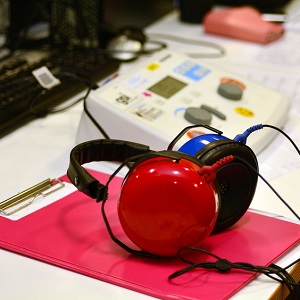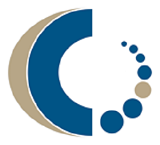Best Ways to Diagnose Balance Disorders in Children
Advancements in technology have redefined how are Balance Disorders in children Diagnosed. An interdisciplinary approach is now the gold standard for children suspected of having a Balance Disorder.
A child with balance problems is usually seen by a primary caregiver or a Paediatrician or an ENT specialist. These specialists, in turn, refer the child to an audiologist for a detailed evaluation. The interdisciplinary team consisting of Specialist Doctors and Audiologists work in tandem to arrive at a diagnosis. They make use of different testing methods to evaluate balance disorders in children.
Triggers to Investigate Child Balance Disorders
The child may be displaying very obvious symptoms while others may be quite subtle. Many children just think that their feelings are just normal. Dizziness, tripping or clumsiness are worth investigating for causes.
Tests for Balance Disorders in Children
Maintaining balance requires inputs from the visual system, vestibular system, and pressure sensors around muscle and joints (proprioception). Specialist Doctors and Audiologists test for disharmony in these systems.
Electronystagmography:
In Electronystagmography electrodes are placed on the skin around the eyes and Eye movements are studied for nystagmus (fast saccadic movements). Eye movements are also evaluated as they follow different visual targets.
Caloric test:
The caloric test involves irrigating ear canals with water. Water that is 7°C hotter or cooler than the body temperature is used for testing. The caloric test determines response of the vestibular system to the stimulus in the form of movements of the eye. It also compares response of the right side to the left side.
The Electronystagmography and caloric test may be helpful in determining the problem as well as the side of the problem.
Rotation chair tests:
This can be done only in older children. The child is made to sit on a chair in a dark chamber. The special chair used moves in different settings causing rotation of the child. The child’s head is made to rotate and the movements of the eye (nystagmus) associated with these head rotation are analyzed.
Computerized platform posturography
Computerized platform posturography tests the child’s ability to maintain posture. The child stands on a platform with pre-attached pressure gauges. The platform records the distribution of weight over the feet during the movement. It measures the time taken to correct the imbalance to check for any latency. This evaluates the child’s ability to maintain balance and correct imbalances to maintain posture.
Vestibular Evoked Myogenic Potential (VEMP):
Vestibular Evoked Myogenic Potential tests normal functioning of vestibular organs and nerves. The test involves sound stimulus given through ear phones.The response is measured by the electrodes placed over skin on the neck muscles and around the eyes.
A Sound stimulus is played for a few seconds through the earphones. The sound stimulus activates vestibular organs and muscle response obtained are recorded through electrodes.
Electrocochleography:
Electrocochleography tests the response of the nervous system to sounds. Testing involves sound stimulus through earphones and measuring the response through electrodes placed at different sites- Outer ear canal, tympanic membrane, and the inner ear.
Audiometry :
Audiometry measures hearing function. In infants and small children, audiometry is a very important tool for assessment.
Different techniques of audiometry are used depending on the age of the child.
- Visual reinforcement audiometry: Visual reinforcement audiometry (VRA) is usually used to test hearing in children 6 months to 2.5 years of age. The baby sitting on the mother’s lap is taught to recognize sounds to get a visual reward. The reward is usually a picture on the screen or the screen lighting up.Once the baby learns to associate the sound with the reward, sound is played in different pitch and volumes to asses hearing.
- Play audiometry: Play audiometry can be used in young children aged 1.5 to 5 years of age. In this test, sounds are played through headphones and the child is asked to perform a simple task when they hear the sound. Simple tasks like putting an object in a basket or completing a puzzle are used. The test checks for the quietest sound child can hear.
- Pure tone audiometry: Pure tone audiometry uses machine-generated sounds at different frequencies and volumes. The child hears the sounds through a headphone and responds by pressing a button. The test will check for the quietest sounds the child can hear.
Otoacoustic emission testing:
Otoacoustic emissions are produced by hair cells of the cochlea. A tiny speaker is placed in the ear canal. A series of click sounds are produced and response of hair cells for the sound is assessed.
Auditory Brainstem Response:
Auditory Brainstem Response tests how cochlea and nerve pathways concerned with hearing are working. Through earphones, a sound stimulus is given and the brain activity as response is measured. Skin electrodes are placed over the head and connected to a computer to assess the response.
How to Choose the Tests
Your Hearing Professionals will determine the list of tests required for the particular child. These tests are chosen depending on the age and child’s ability to understand and perform tasks. It is also important to choose hearing professionals that routinely work with children and whose consulting rooms are child-friendly. Testing children for Balance Disorders is a specialty within the Hearing Professional community. Children are not just little adults!
It is important to detect and treat balance problems early in children to facilitate normal growth and development. An early assessment by an audiologist makes a difference when it comes to How Are Balance Disorders in Children Diagnosed.

